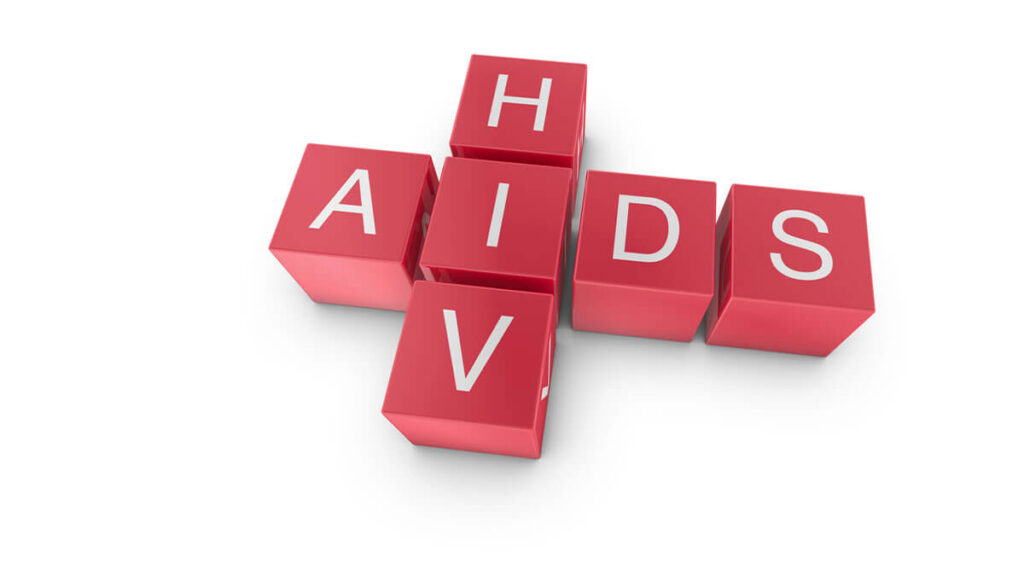Scrolling for Change: Social Media’s Impact on HIV/AIDS Awareness
Share IT

Launch Your Dream Website with Us!
Click Here to Get in touch with Us.
Categories
HIV/AIDS and Social Media
HIV/AIDS Awareness in the Digital Age: The Influential Role of Social Media
Social media platforms have developed into effective resources for raising HIV/AIDS awareness, educating the public, and strengthening communities. Digital storytelling, online groups, and focused social media efforts can all be extremely effective in reducing stigma, advancing testing, and facilitating treatment access.
Thank you for reading this post, don't forget to subscribe!Table of Contents

Online Communities: Locating Fortitude and Assistance
HIV/AIDS and Social Media
People living with HIV (PLWH) have access to safe spaces on social media platforms where they can interact with others going through similar struggles. These virtual communities provide:
- Peer-to-Peer Support: By interacting with people who are aware of their difficulties, PLWH can exchange stories, provide support, and get over feelings of loneliness.
- Information Access: Reliable sources of information regarding HIV treatment, prevention, and leading a healthy lifestyle can be found in online forums.
- Decreased Stigma: Seeing people successfully manage their HIV and have happy lives can aid in the fight against stigma and encourage acceptance of PLWH.
Online communities do, however, have certain drawbacks.
- disinformation: Unverified personal accounts and disinformation abound on the internet. It’s critical to rely on reliable sources, such as governmental or medical institutions.
- Cyberbullying: Social media platforms have the potential to spread stigma, thus they need to be moderated carefully and have support networks in place.
- Limited Accessibility: Some people may not be able to fully benefit from online communities due to issues with digital literacy and internet access.
Digital Narrative: Disseminating Personal Narratives to Encourage Empathy
HIV/AIDS and Social Media
Digital storytelling shares individual HIV/AIDS stories through the use of multimedia formats like text, images, and videos. This strategy can be very effective in:
- Increasing Awareness: Captivating tales have the power to draw in listeners, dispel myths, and broaden knowledge about HIV/AIDS.
- Humanising the Problem: Digital storytelling can arouse empathy and foster sympathy for PLWH by giving a face to the illness.
- Empowering PLWH: For people living with HIV, telling their stories may be a cathartic experience that motivates others to stand up for themselves.
Among the difficulties of using digital storytelling are:
HIV/AIDS and Social Media
- Quality Assurance: It’s critical to guarantee that PLWH experiences are ethically represented and that the narrative is accurate.
- Technical Skills: Assistance or training in graphic design or video editing may be necessary to produce impactful digital stories.
- Limited Reach: Without smart promotion and collaborations, it can be difficult to gain traction and connect with a big audience online.
Social Media Marketing: Focused Content for Optimal Effect
HIV/AIDS and Social Media
There is no greater opportunity to execute focused HIV/AIDS awareness campaigns than social media platforms. These initiatives can
- Encourage Testing: By emphasising the value of early detection and treatment, campaigns can persuade people to get tested for HIV.
- Combat Stigma: Messages that are specifically aimed at dispelling myths and emphasising success stories might help create a more welcoming atmosphere.
- Drive Resources: Users can be guided by campaigns to trustworthy news sites, medical professionals, and other pertinent resources.
But social media initiatives have drawbacks as well:
- Speak with the Correct Audience: Careful audience targeting and platform selection are necessary to guarantee that campaigns reach the most vulnerable populations.
- Engagement and Impact: It might be difficult to produce truly captivating content that starts a dialogue and motivates people to take action.
- Misinformation transmission: To stop the transmission of false information or partial truths, social media efforts must be succinct and precise.
Putting Together a Strong Toolkit
HIV/AIDS and Social Media
With its wide range of instruments, social media can be an effective weapon in the fight against HIV/AIDS. Through the use of digital storytelling to engage audiences, online communities as a source of support, and focused social media campaigns, we can:
- Raise public awareness of HIV/AIDS and the need for prevention.
- Lessen the stigma attached to the illness and give people the confidence to get tested and treated.
- Provide PLWH with links to helpful communities and resources.
HIV/AIDS and Social Media
To fully realise this potential, though, prudent use, resolving constraints, and a calculated strategy are necessary. We can build a future in the battle against HIV/AIDS that is more knowledgeable, compassionate, and powerful by utilising social media.

Launch Your Dream Website with Us!
Click Here to Get in touch with Us.





























































Recent Comments